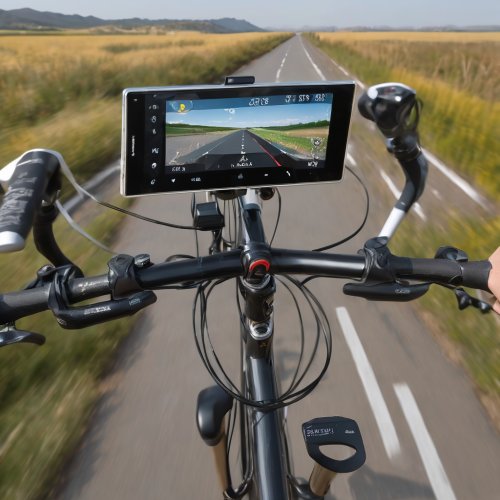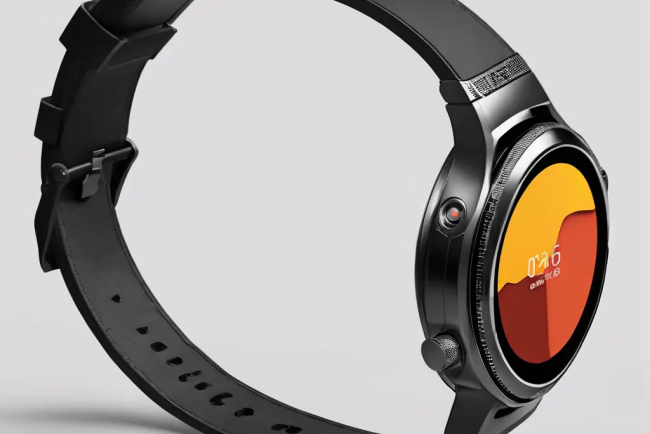Bicycle navigation systems
Easily navigate your bike rides with advanced bicycle navigation systems. Find the best routes, track your progress, and explore new destinations.

Bicycle Navigation Systems
Bicycle navigation systems are tools that help cyclists navigate their routes efficiently and safely. These systems use GPS technology to provide real-time navigation information, such as turn-by-turn directions, route planning, and location tracking. With the increasing popularity of cycling for commuting, fitness, and recreation, bicycle navigation systems have become essential tools for many cyclists. In this article, we will explore the different types of bicycle navigation systems available on the market and their key features.
Types of Bicycle Navigation Systems
There are several types of bicycle navigation systems available, each offering unique features and functionalities to cater to different needs and preferences of cyclists. The main types of bicycle navigation systems include:
- GPS Bike Computers: GPS bike computers are standalone devices that attach to the handlebars of a bicycle. They provide real-time navigation information, such as maps, routes, speed, distance, and elevation. Some GPS bike computers also offer additional features like heart rate monitoring, cadence tracking, and power meter compatibility.
- Smartphone Apps: Smartphone apps are popular navigation tools for cyclists due to their convenience and versatility. There are several navigation apps available for both Android and iOS devices that provide turn-by-turn directions, offline maps, and route planning features. Some popular cycling navigation apps include Strava, Komoot, and Ride with GPS.
- Smart Helmets: Smart helmets are a relatively new innovation in the world of cycling. These helmets are equipped with built-in navigation systems that display directional cues and information on a transparent visor. Smart helmets typically connect to a smartphone app to provide navigation data and other features like phone calls and music playback.
- Wearable Devices: Wearable navigation devices, such as smartwatches and fitness trackers, can also be used for cycling navigation. These devices connect to a smartphone app to provide navigation information on a small display screen. While not as feature-rich as GPS bike computers, wearable devices offer a compact and lightweight option for cyclists.
Key Features of Bicycle Navigation Systems
When choosing a bicycle navigation system, it is important to consider the key features that are essential for your cycling needs. Some of the key features to look for in a bicycle navigation system include:
- Turn-by-Turn Directions: Turn-by-turn directions provide clear instructions on when and where to turn during a ride. This feature is essential for navigating unfamiliar routes and ensuring you stay on course.
- Route Planning: Route planning allows cyclists to create custom routes based on their preferences, such as distance, elevation, and terrain. Some navigation systems offer automatic route planning based on user inputs and preferences.
- Offline Maps: Offline maps are useful for cyclists who ride in areas with poor or no cellular coverage. Having access to offline maps ensures that navigation information is always available, even in remote locations.
- Live Tracking: Live tracking allows cyclists to share their location with friends and family in real-time. This feature is especially useful for safety and peace of mind, as loved ones can track your progress and ensure you reach your destination safely.
- Integration with Other Devices: Some bicycle navigation systems offer integration with other devices, such as heart rate monitors, power meters, and electronic shifting systems. This integration allows cyclists to track additional performance metrics and enhance their riding experience.
Benefits of Using Bicycle Navigation Systems
There are several benefits to using bicycle navigation systems for cyclists of all levels and abilities. Some of the key benefits include:
- Improved Safety: Bicycle navigation systems help cyclists navigate their routes safely and efficiently, reducing the risk of getting lost or taking wrong turns. This is especially important for cyclists riding in unfamiliar or busy urban areas.
- Enhanced Performance: By providing real-time data on speed, distance, elevation, and other metrics, bicycle navigation systems help cyclists track their performance and set goals for improvement. This can lead to better training outcomes and overall fitness gains.
- Convenience: Bicycle navigation systems offer the convenience of having all navigation information in one place, whether it's on a device attached to the handlebars or a smartphone app. This eliminates the need for paper maps or stopping to ask for directions.
What's Your Reaction?

















